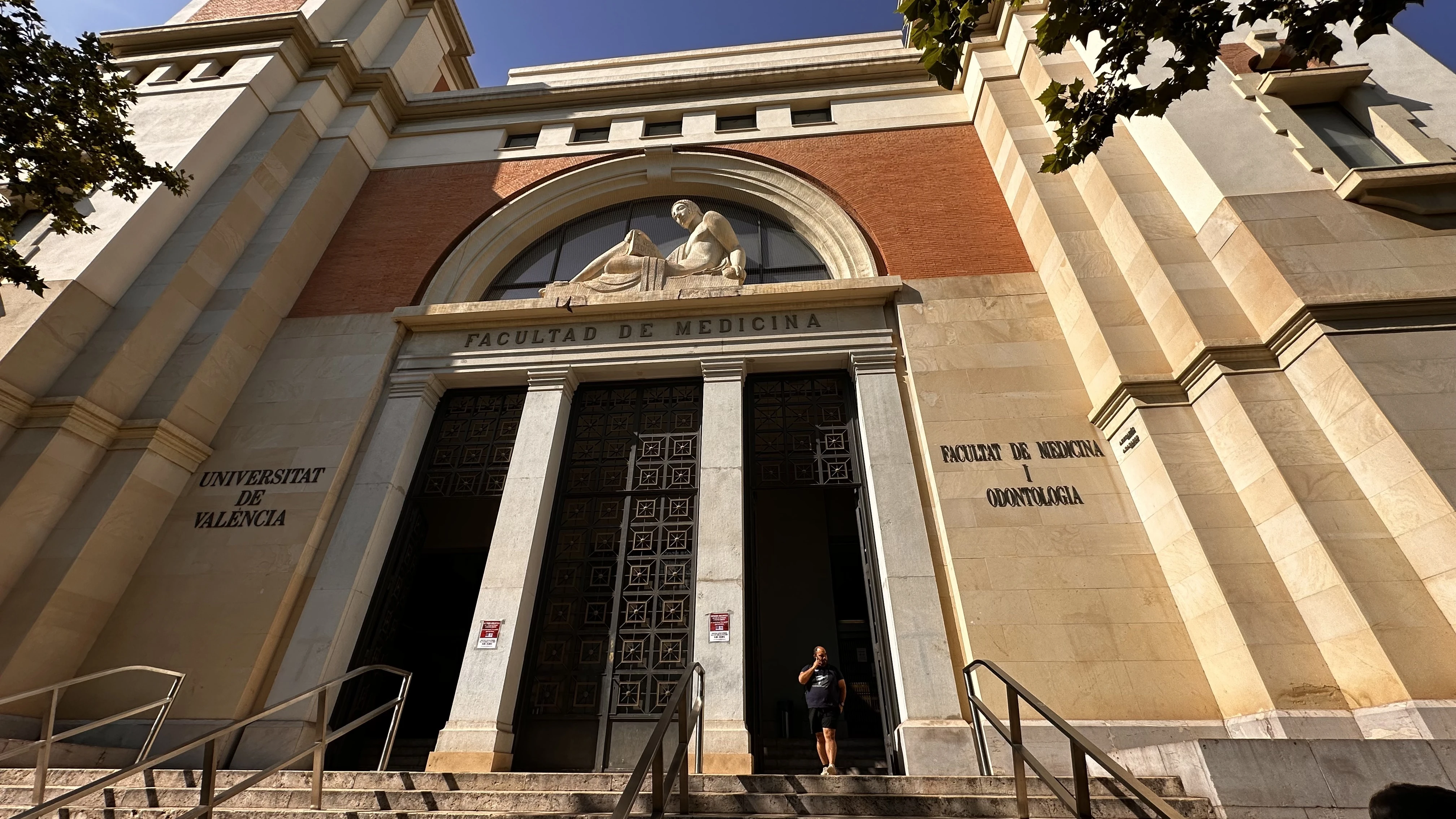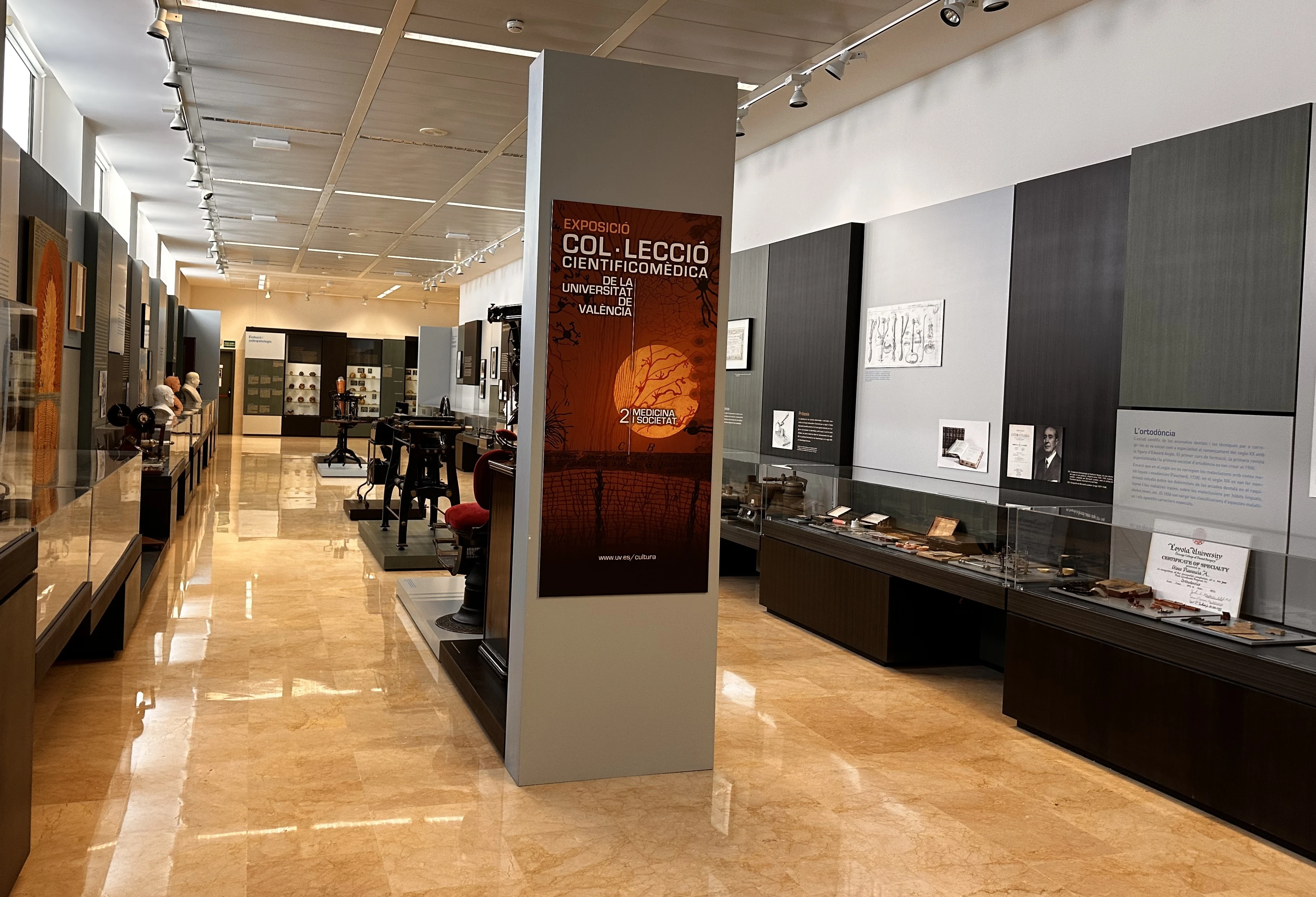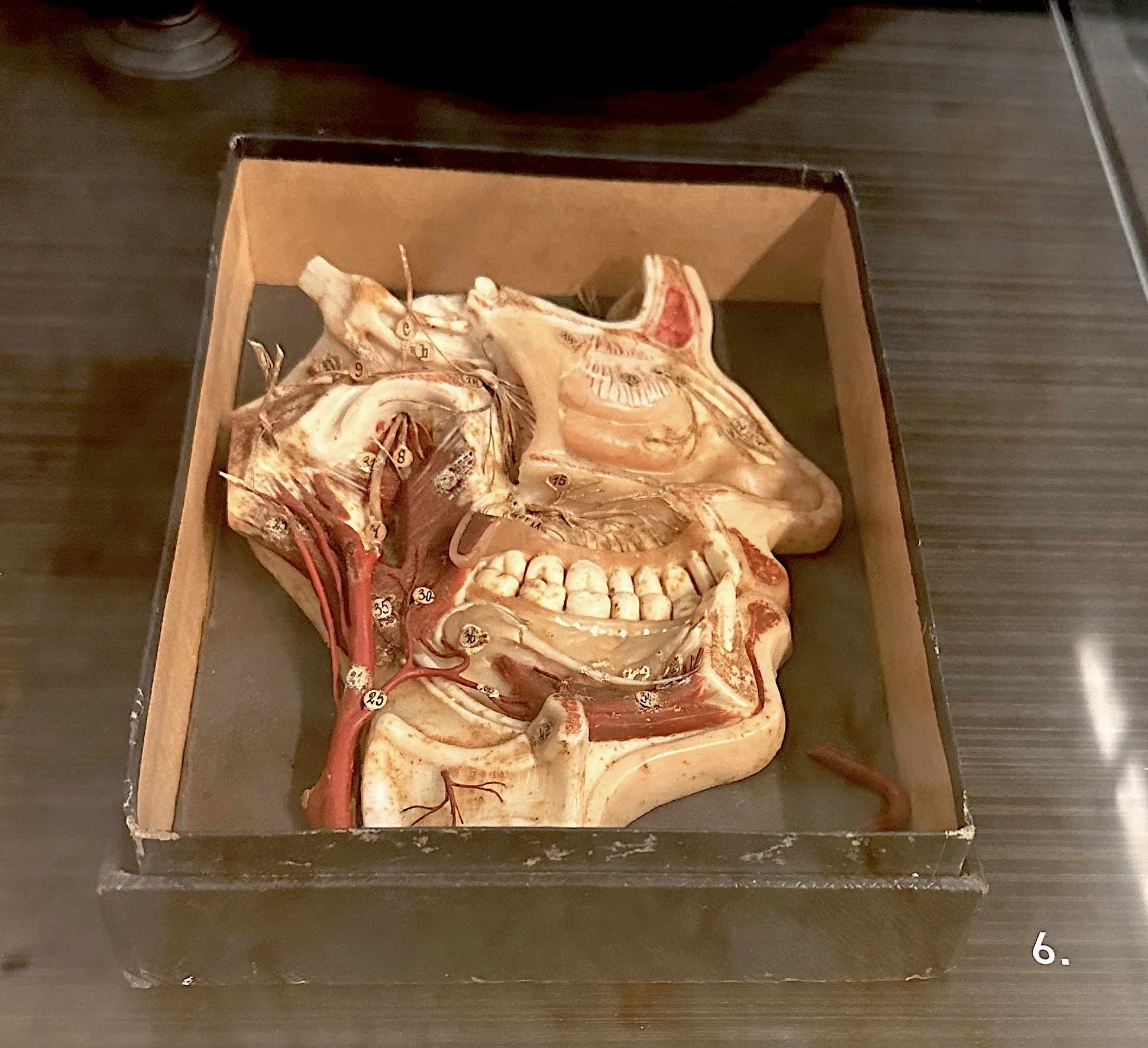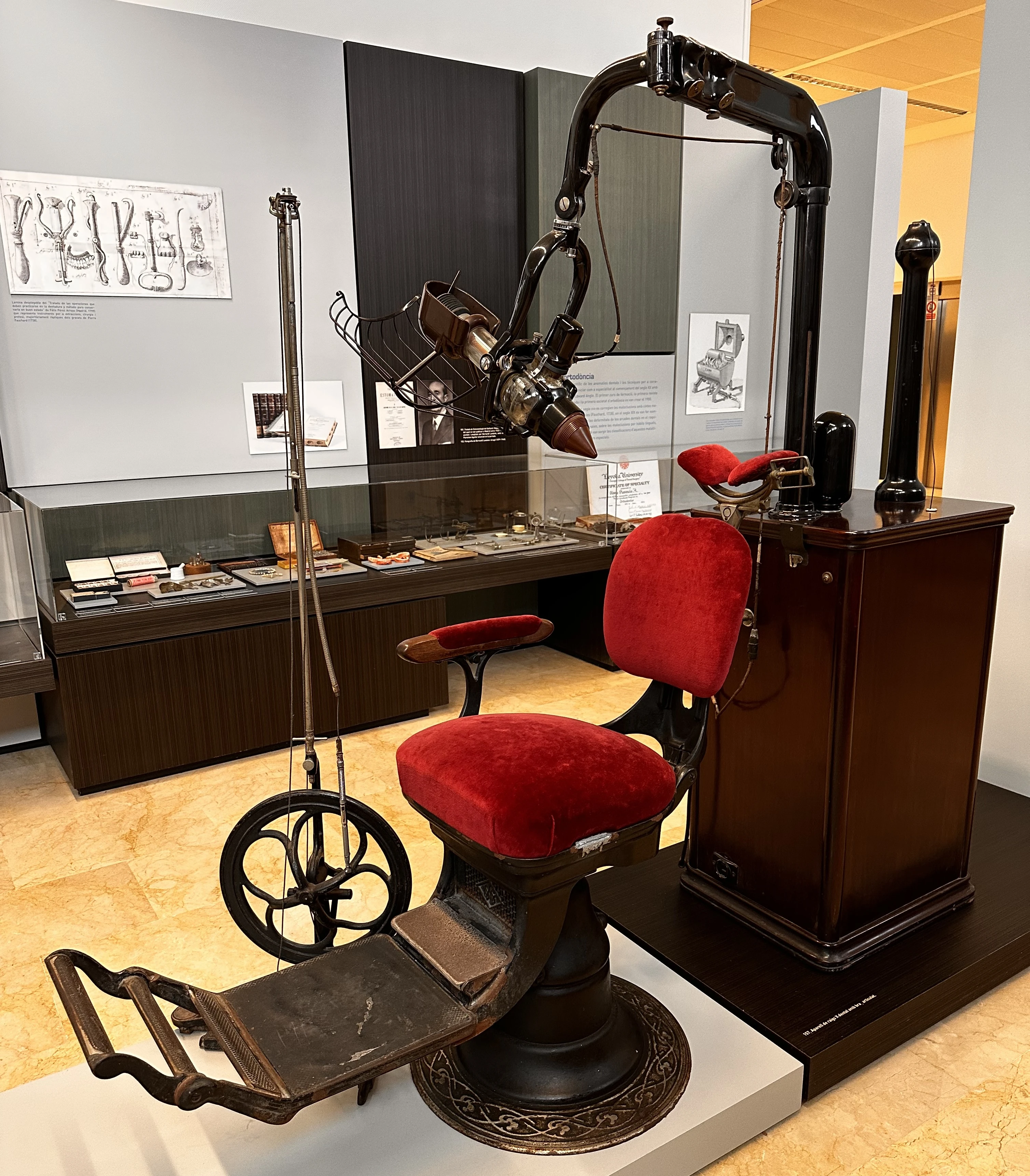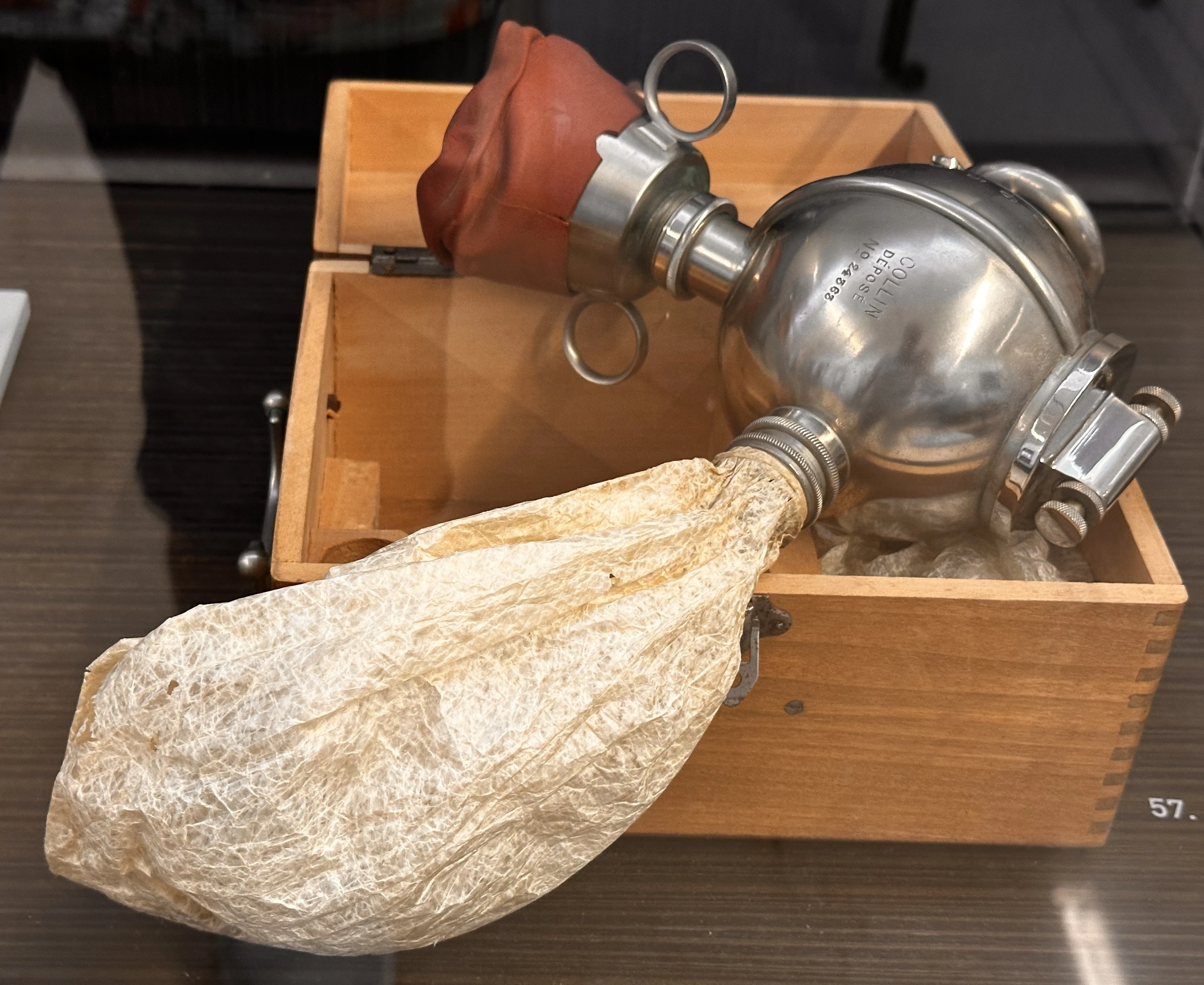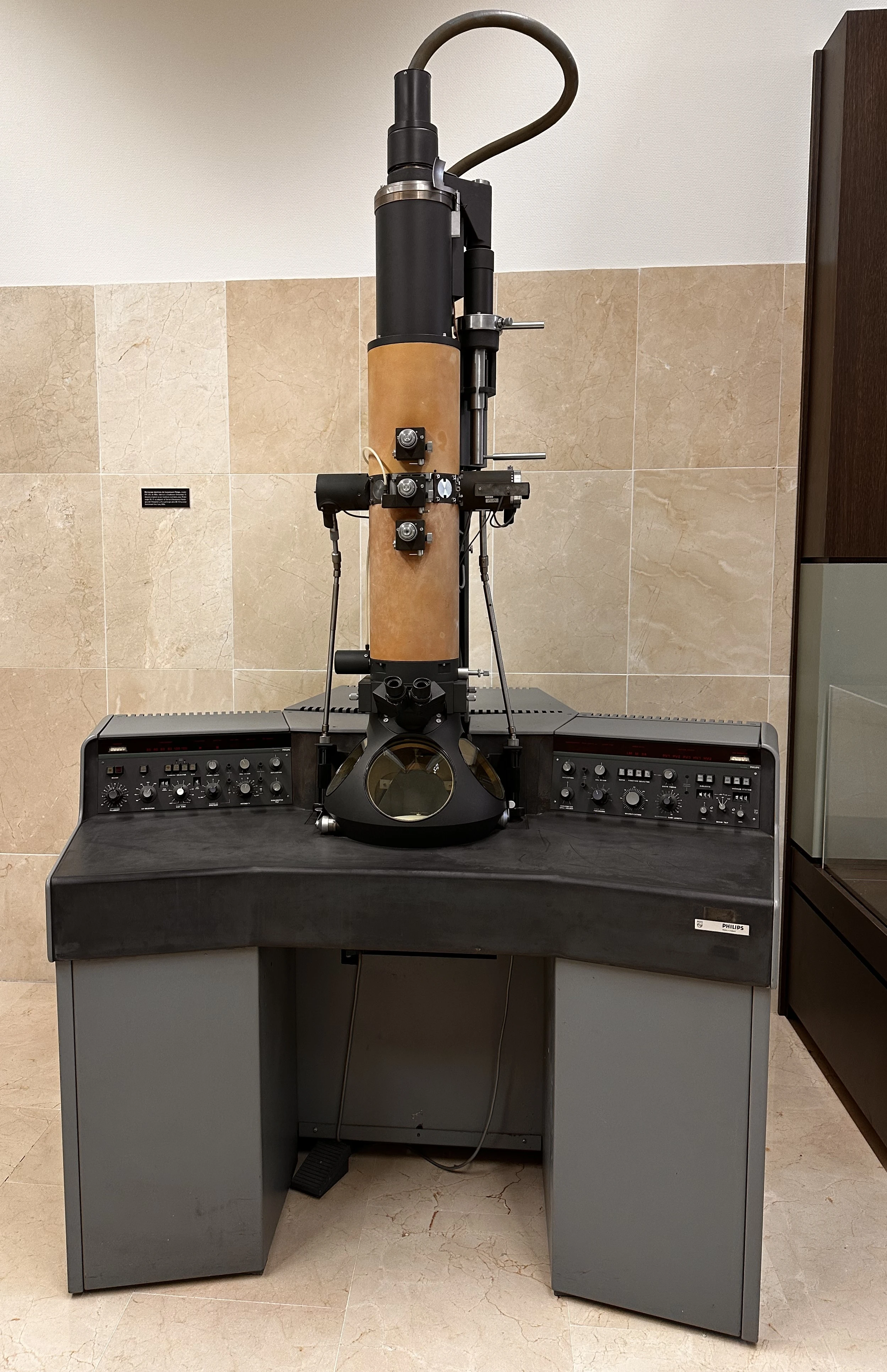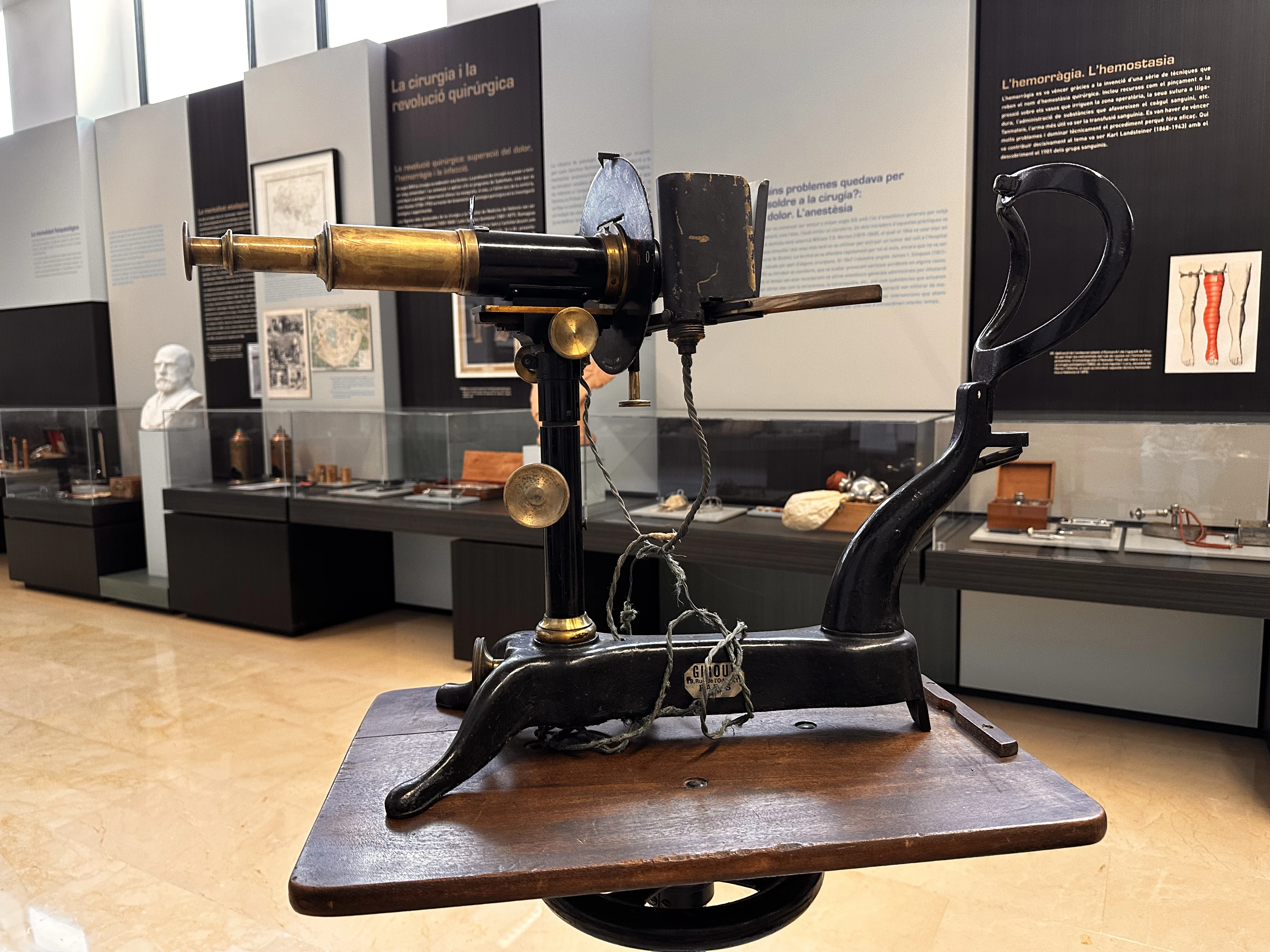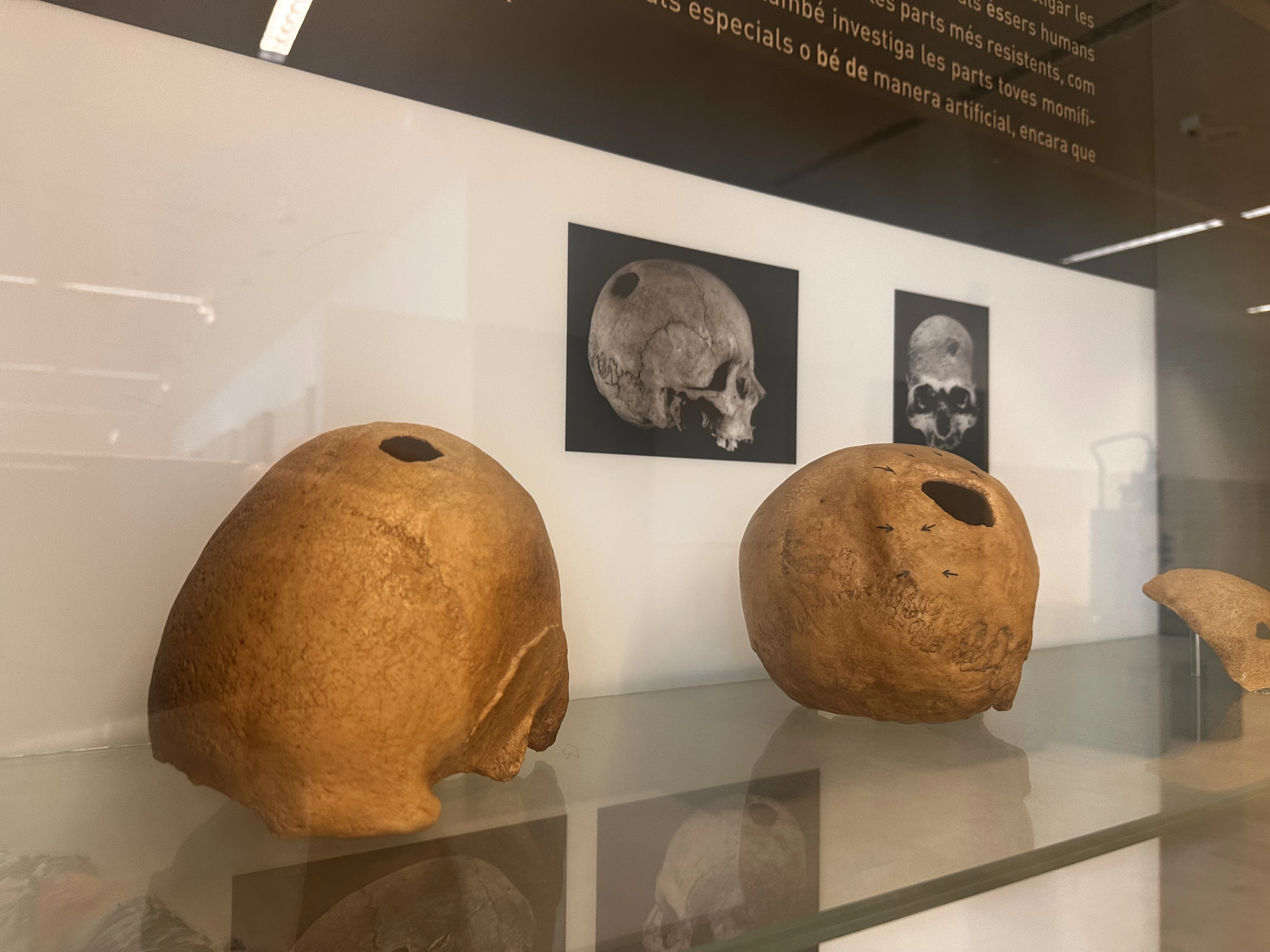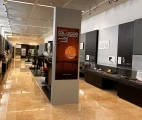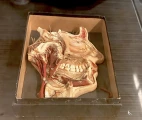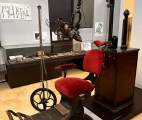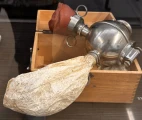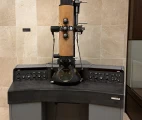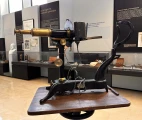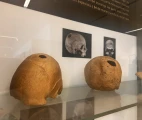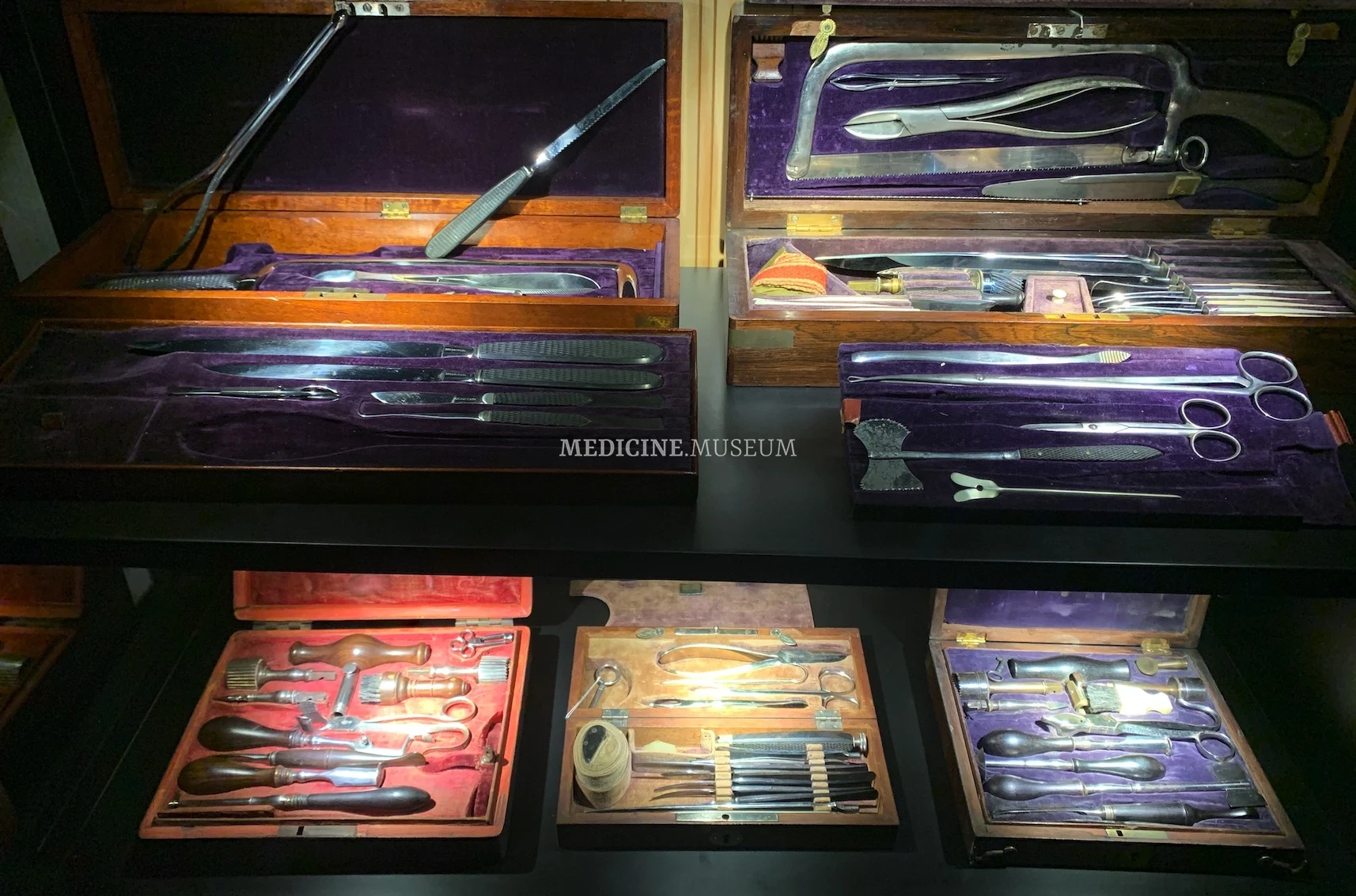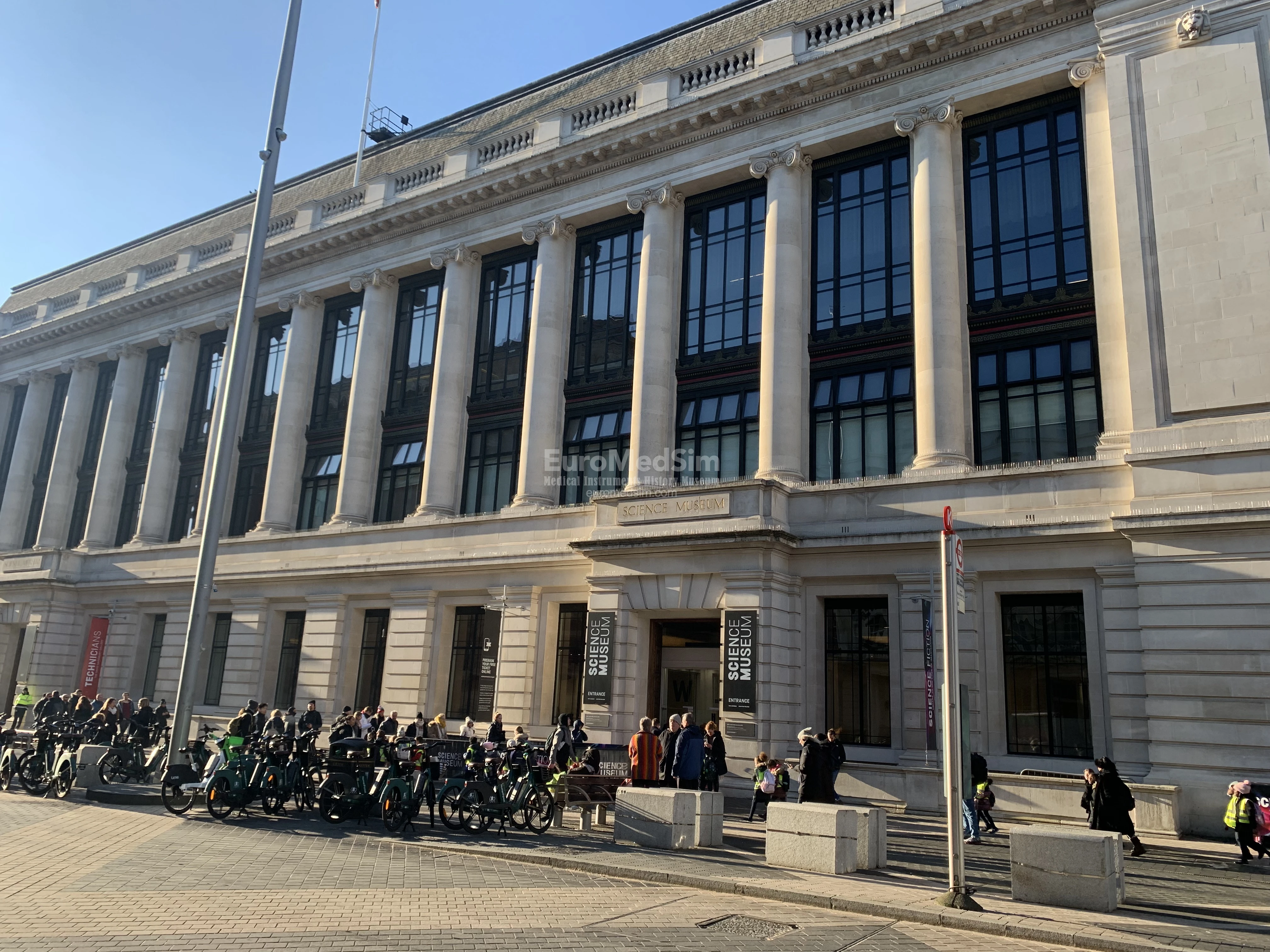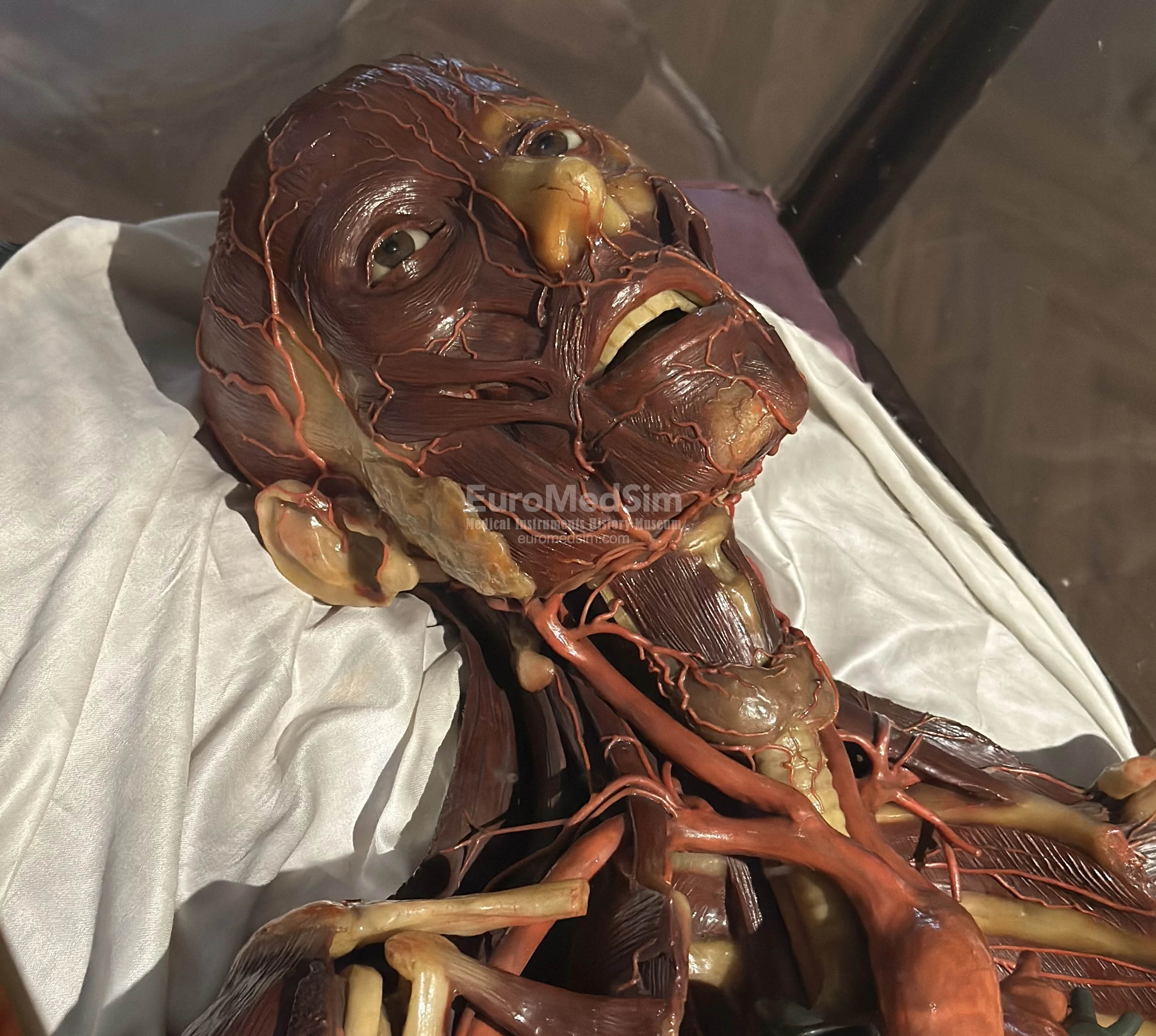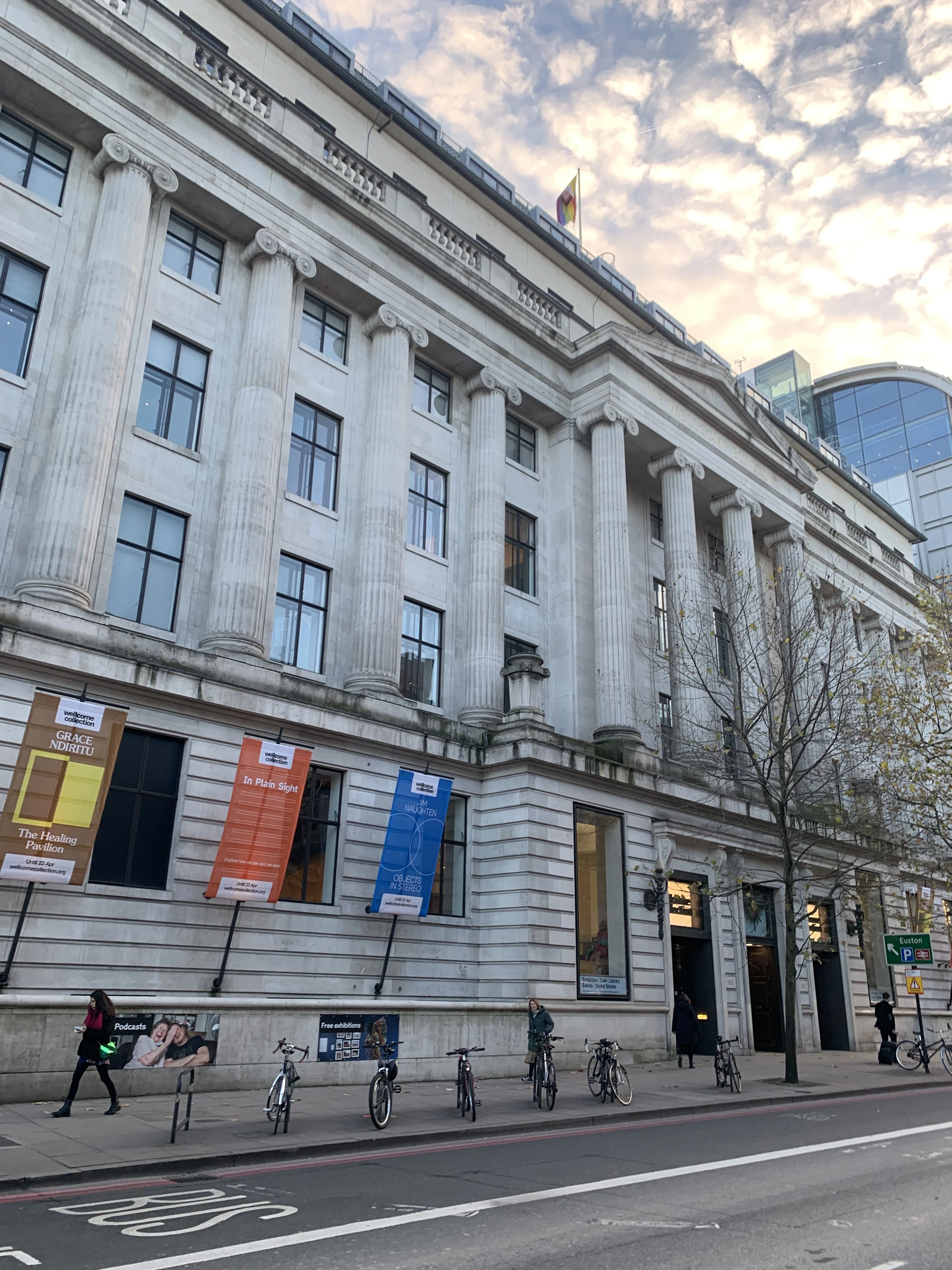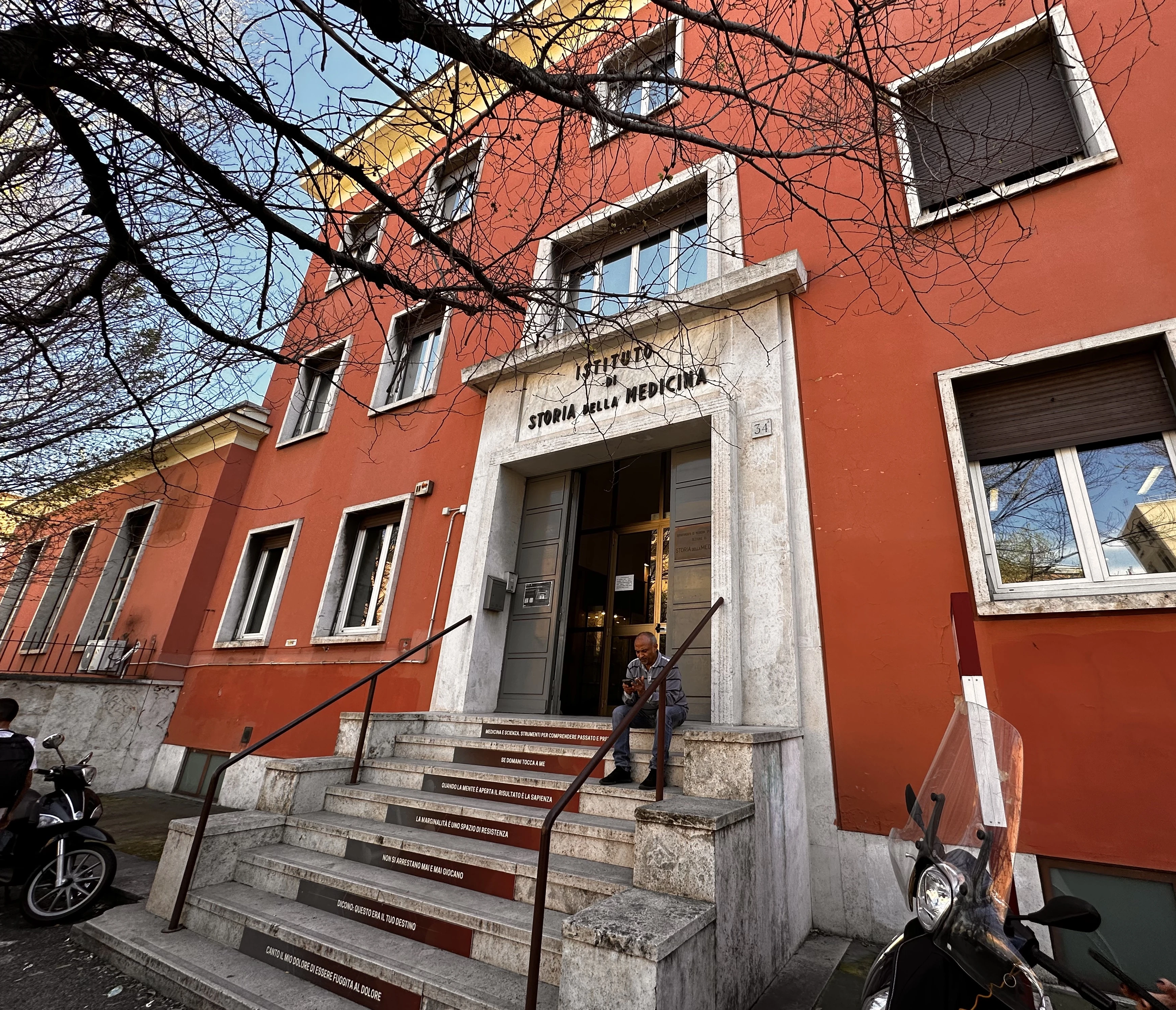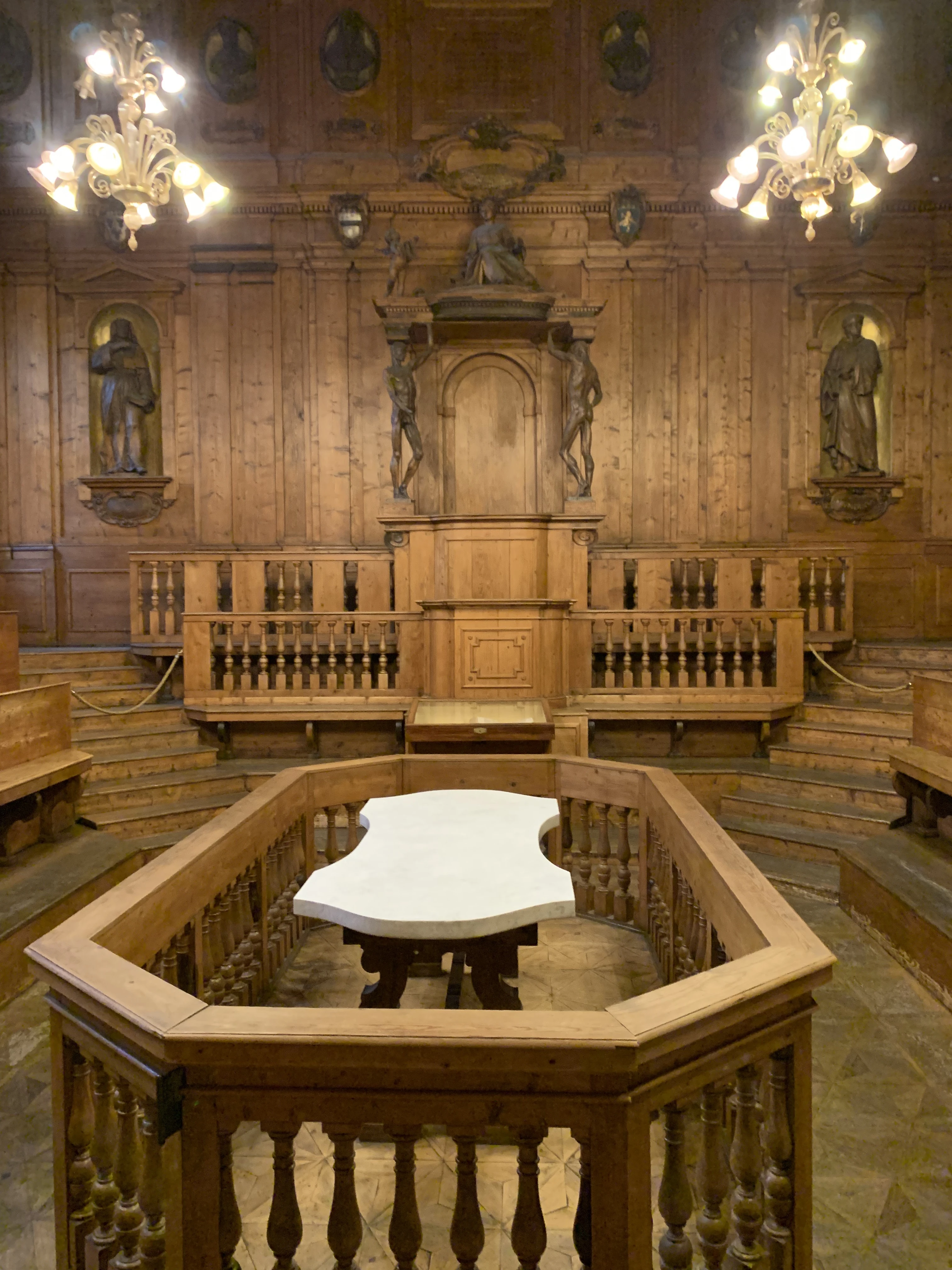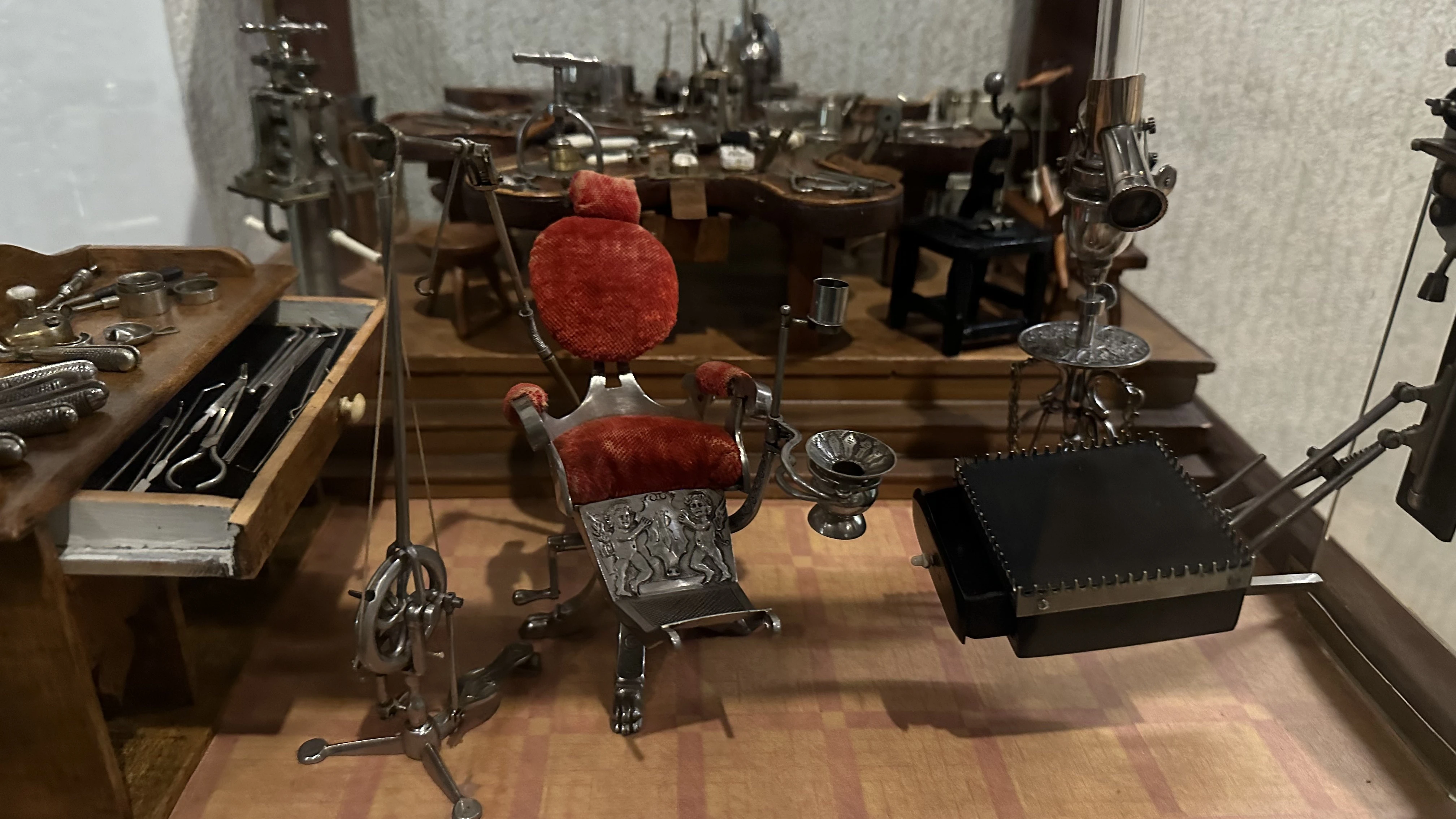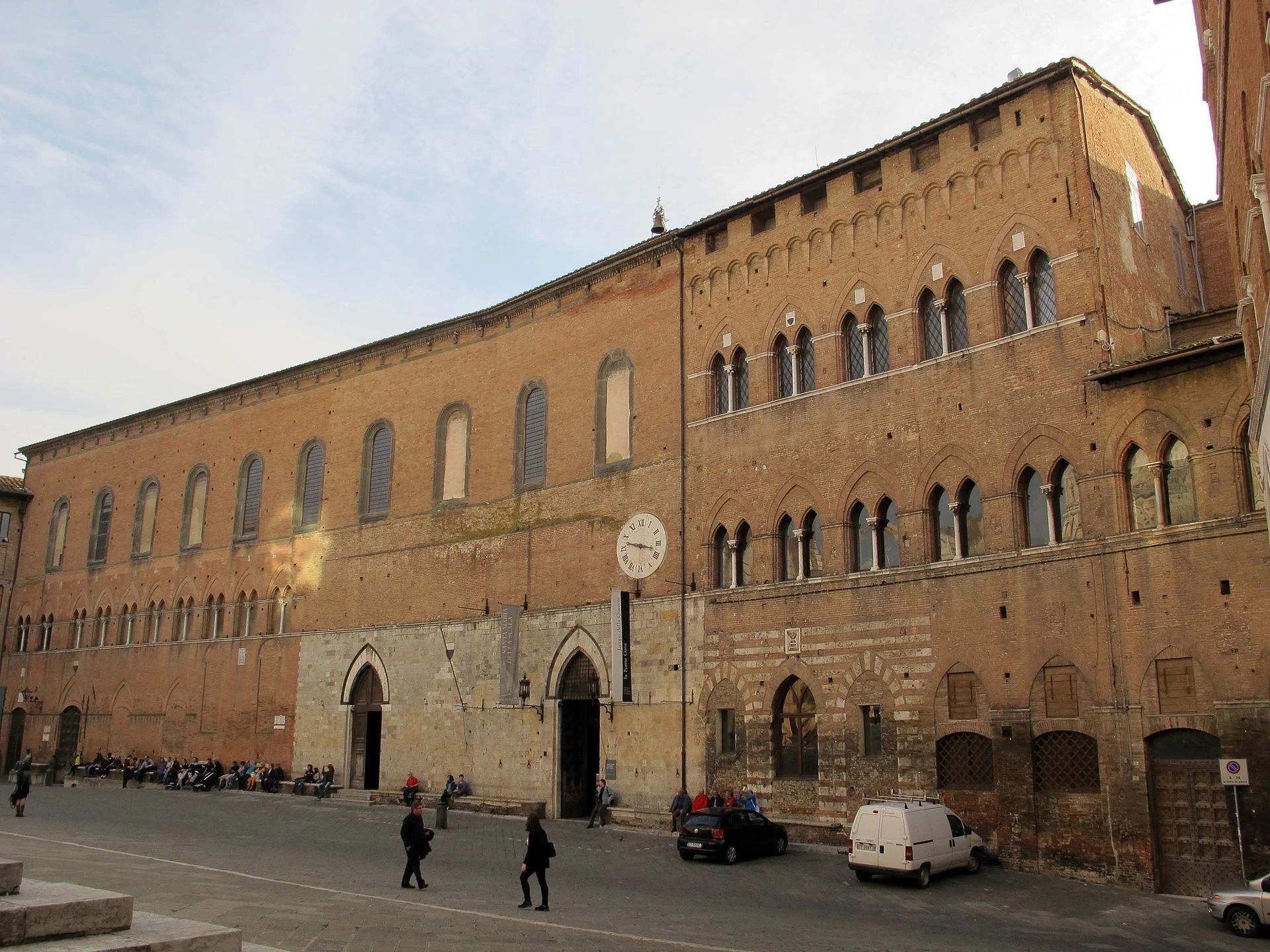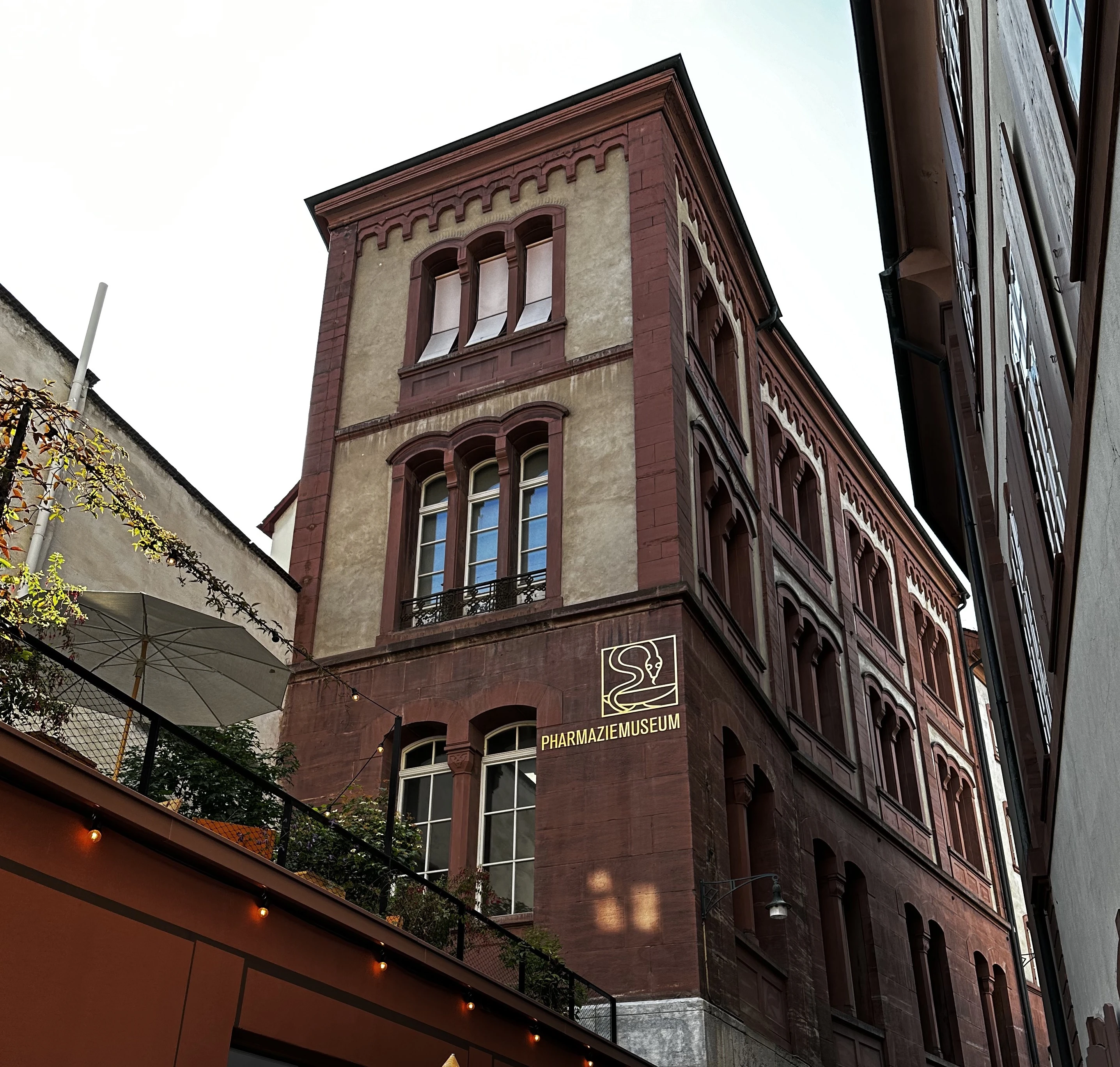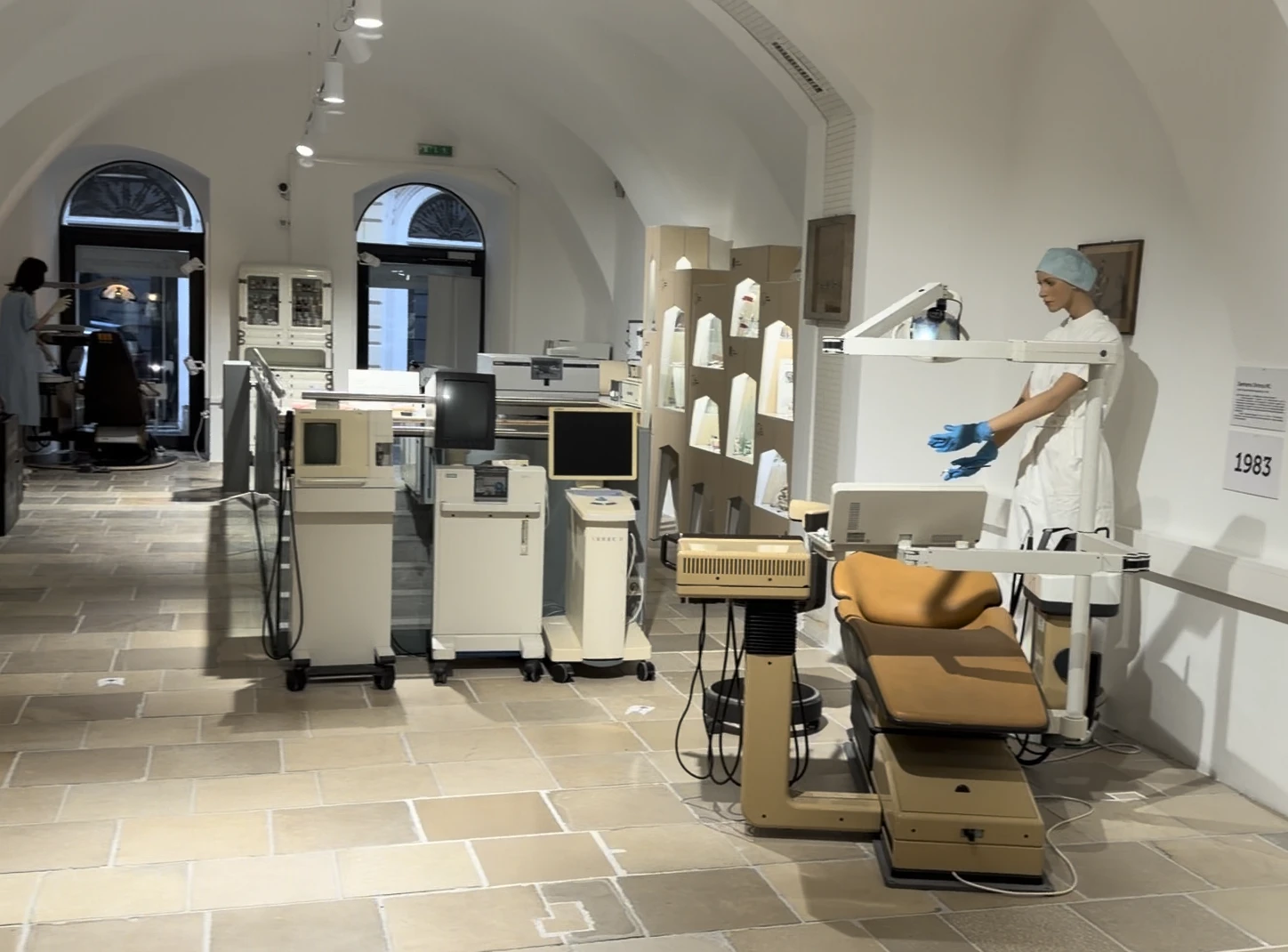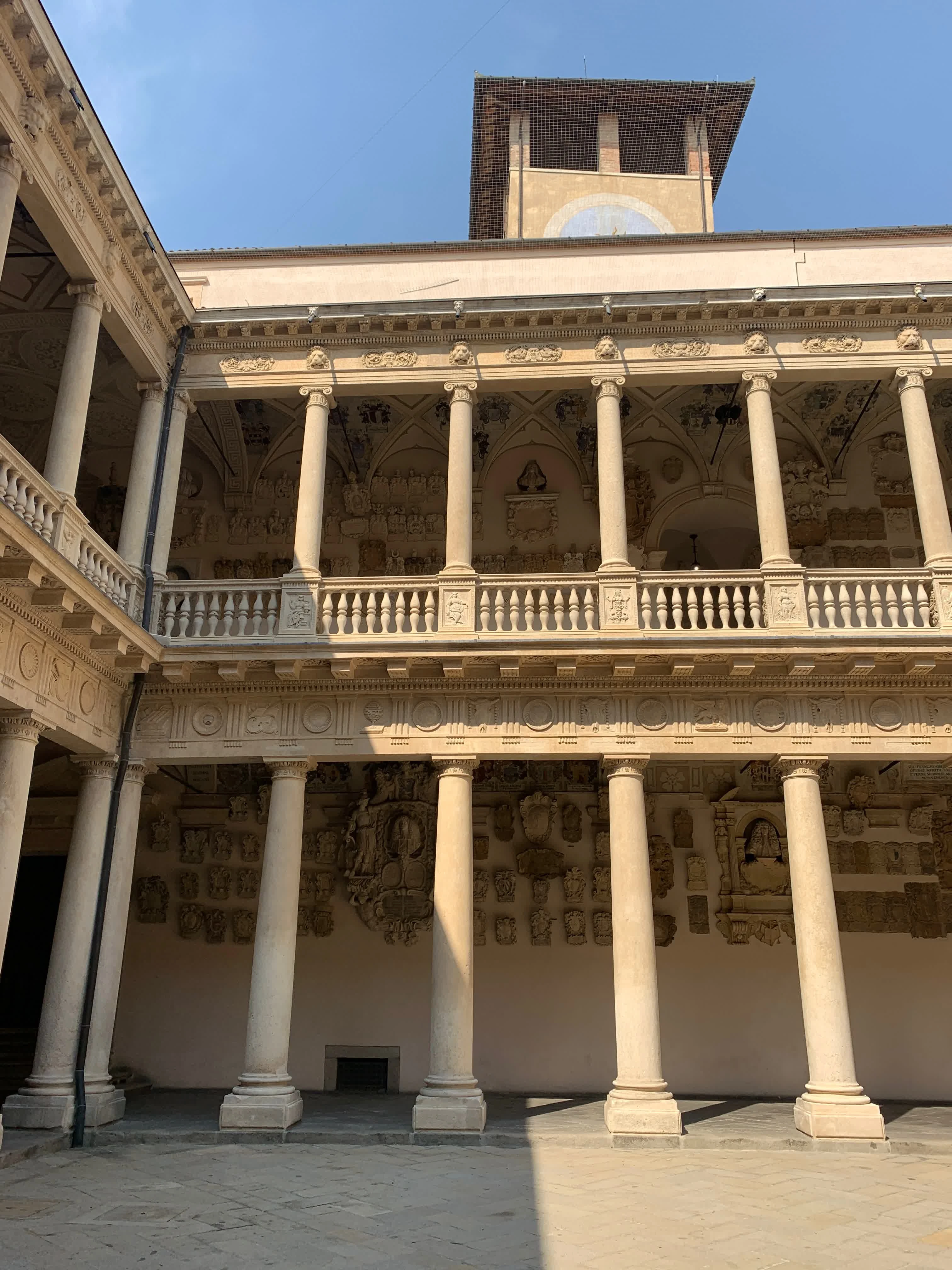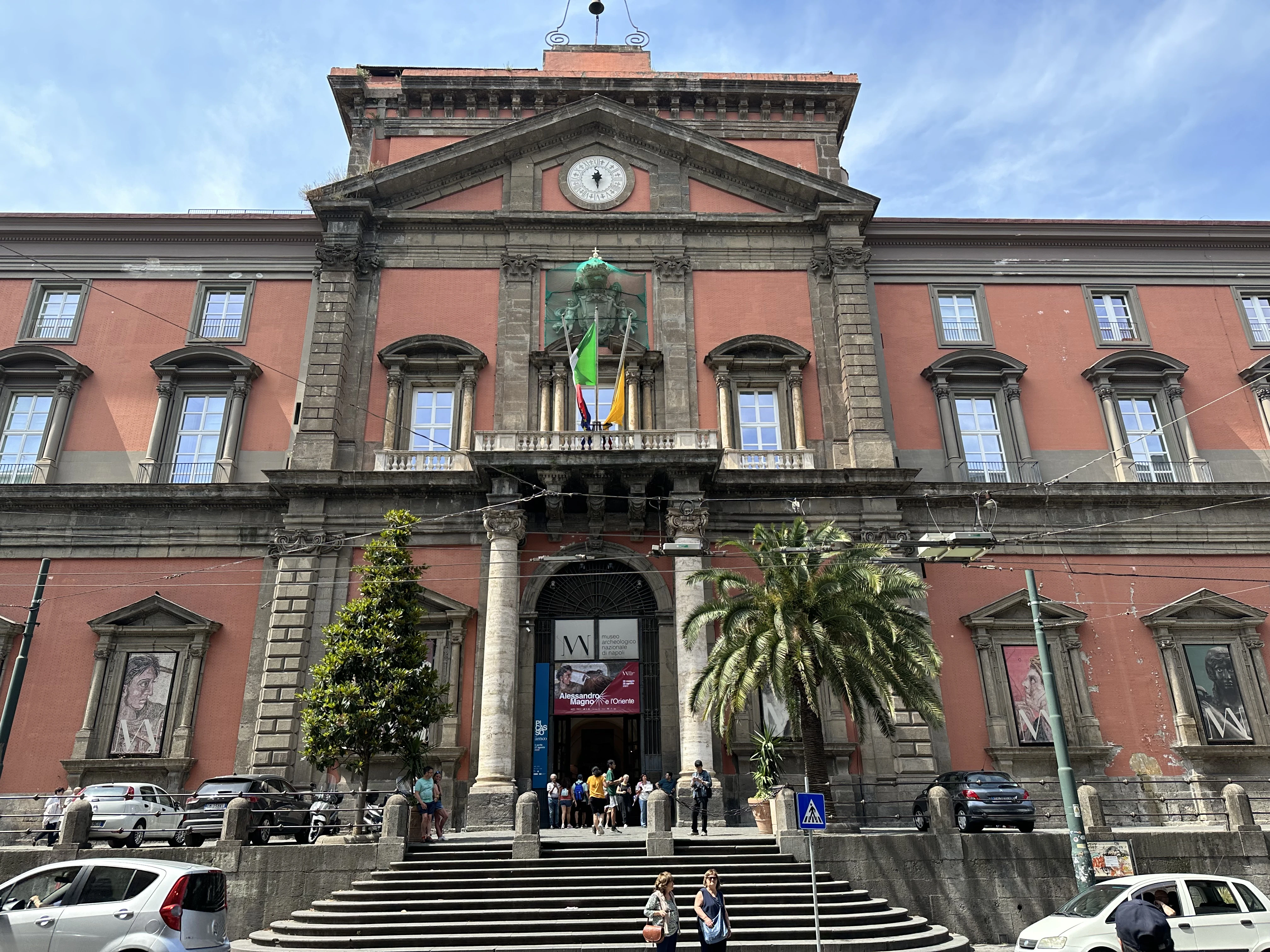Scientific and Medical Collection of the University of Valencia
History of Medicine in Valencia
This permanent exhibition presents an extensive and significant selection from the Scientific and Medical Collection of the University of Valencia. Little but lovely museum. Perhaps this is exactly what every medical university should have at its disposal to show future doctors and dentists the thorny path that their predecessors and compatriots had to traverse, so that they may continue this amazing journey. However, a visit to the museum is well worth the time not only for students but also for everybody interested in the history of medicine, especially the part that relates to Spain.
General Info
Curator: José Luis Fresquet Febrer and Carla P. Aguirre Marco
Place: 2nd floor of the Faculty of Medicine and Dentistry of the University of Valencia, next to the Office of the Dean (Avenida Blasco Ibáñez, 15, València)
Timetable: Open to the public from Monday to Friday from 10:00 to 20:00
Fee: free entrance for all visitors
Description
Hosted in the new exhibition hall of the Faculty of Medicine and Dentistry, it complements the exhibition “Scientific and Medical Collection of the University of Valencia: Science and Society,” currently held at the Palau de Cerveró. Together, these two exhibitions offer a unique and comprehensive view of the collection, highlighting its strong connection with the University.
The collection began in the mid-1970s through the efforts of Professor López Piñero. Its modest beginnings included objects and instruments gathered from the faculty itself and the clinical hospital.
Over time, thanks to the dedicated work of several generations of teachers and staff over the past forty years, numerous temporary exhibitions have been held, and the collection has grown thanks to generous donations from private individuals.
The exhibition opens with a section on morphology. It emphasizes the impact of the Vesalian movement in Valencia, the significance of Crisóstomo Martínez's Anatomical Atlas, the work initiated by Gómez Alama, the presence of Santiago Ramón y Cajal in the city, and the lasting effects of his stay. Darwinism and therapy are also represented through the displays at the López Piñero Institute of the History of Medicine and Science at the Palau de Cerveró.
The second part of the exhibition focuses on how the seemingly opposing approaches of hospital medicine and laboratory medicine were adopted in Valencia. The guiding concept is Lain’s classification of the three mentalities of pathology and clinical practice: anatomical-clinical, physiopathological, and etiological. This framework helps visitors understand the three foundational layers of modern medicine.
Surgery has a long-standing tradition in Valencia, predating even the foundation of the university. The subsequent sections explore how surgery evolved before and after the so-called surgical revolution. They illustrate how the introduction of anaesthesia, hemostasis, antiseptics, and asepsis transformed surgical practice, changed the appearance of surgeons, and opened up new avenues in the field. This led to the establishment of various medical and surgical specialties.
The invention of new instruments and refinement of techniques gave rise to disciplines such as ophthalmology, obstetrics and gynaecology, otolaryngology, and urology. The exhibition includes fascinating materials from these fields, especially from the interwar period.
Finally, the exhibition highlights the discipline of dentistry, which is now an integral part of the faculty’s curriculum. A dedicated display case has also been added as a teaching and learning resource, showcasing human evolution and illustrating characteristic paleopathological lesions—offering insights into the study of diseases in ancient times using preserved skeletal remains.
The text above is based on the introduction material presented at the entrance to the exposition in Spanish (as for 25 June 2025).
